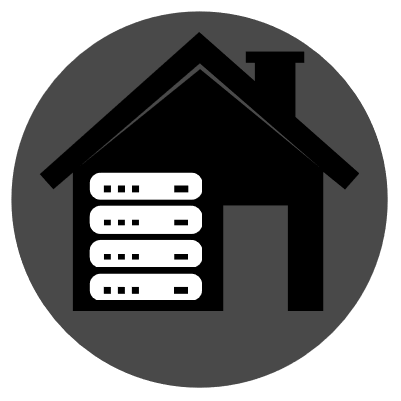

What I’m missing from the articles is putting the potential consequences of the threatened tariffs into context. In 2024, Russian imports into the USA were 3.27 billion USD, whereas the GDP of the Russian economy in 2024 was 2.17 trillion. Even if there is fakery in the reported GDP, exports to the USA are likely less than 1% of the Russian economy










Ah, missed the line in the article about secondary tariffs. Thanks for pointing it out to me. A 100% tariff on China and India until they stop importing Russian oil would indeed be very disruptive